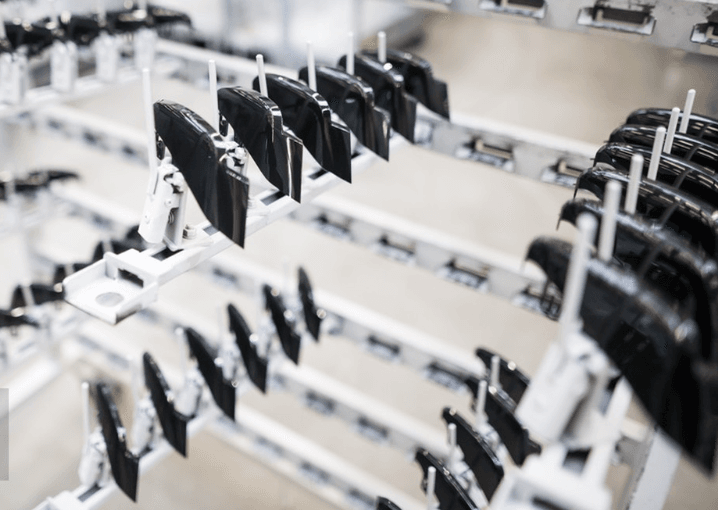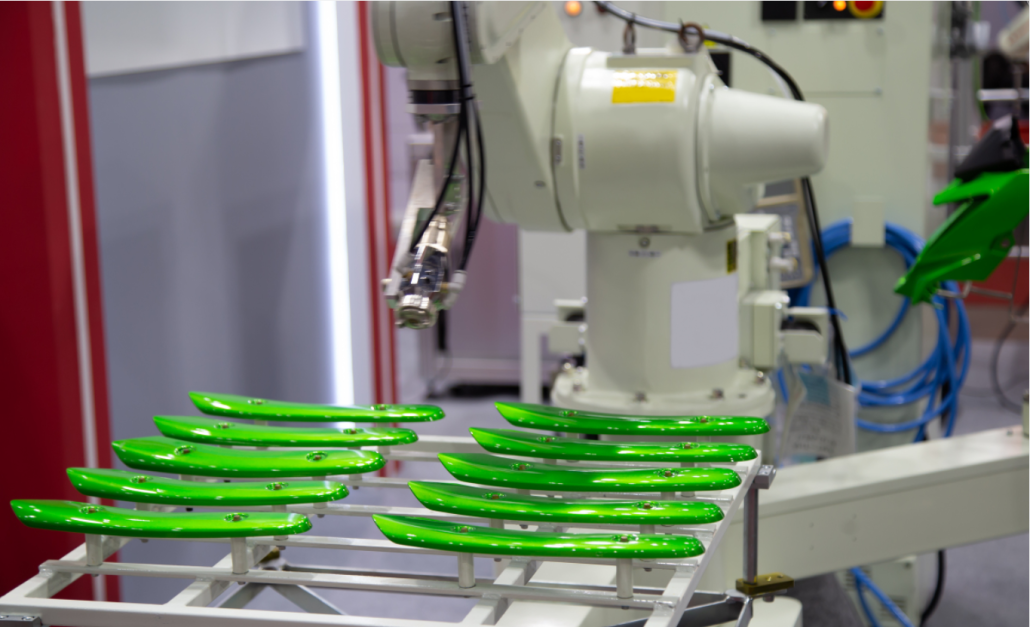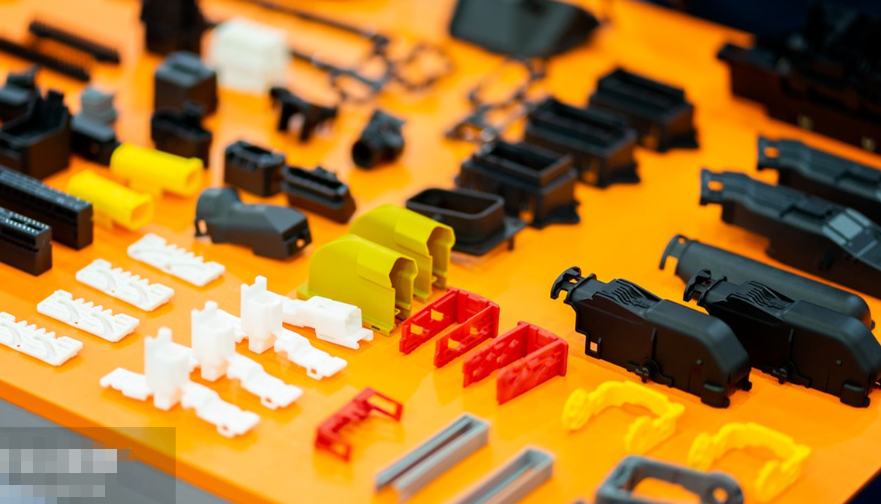Thermoplastic injection molding is a manufacturing process that uses a thermoplastic polymer as the base material to produce high-quality, durable, and precise plastic parts. The process entails the melting of the thermoplastic polymer, injecting the molten polymer into a mold, and then cooling it to solidify and shape it into your desired product.
As you can imagine, the plastic injection molding process of injection molding is a critical step in the manufacturing process of many of the products we use daily, including car parts, toys, medical equipment, and much more. This is because it guarantees high accuracy, repeatability, and flexibility, making it ideal for producing complex shapes with high volumes and tight tolerances.

Thermoplastic Injection Molding Work Process
The process of thermoplastic injection molding work involves five key stages:
Stage 1: Designing the Mold: This stage involves creating a 3D model of the product you want to manufacture. This can be a physical prototype or a computer-aided design (CAD) file.
Stage 2: Manufacturing the Mold: Once you have the design, the next step is to create the mold, which is usually made of metal. This process involves cutting, welding, and polishing the mold to meet the specifications of the product.
Stage 3: Injection Molding: This stage is where the actual molding takes place. The molten plastic is injected into the mold through a gate at high pressure. Different injection molding machines have different capacities depending on the size and type of the product.
Stage 4: Cooling and Solidifying: The molten plastic cools and solidifies to take the shape of the mold. The cooling process should be carefully controlled to prevent deformities and unevenness in the product.
Stage 5: Ejection and Finishing: The product is ejected from the mold using ejector pins. The final finishing process may involve cutting, trimming, or surface texturing to give the product the desired look and feel.

Why Is Thermoplastic Injection Molding a Popular Manufacturing Process?
The following are some of the factors that make thermoplastic injection molding an attractive manufacturing process for many industries:
High Volume Production: The process of injection molding can produce a high output of products in a short time. This makes it perfect for large scale production, such as the creation of toy parts or car components.
Quality and Precision: The high-quality nature of thermoplastic injection molding produces accurate and precise parts with tight tolerances.
Cost-Effective: Injection molding is a cost-effective way of producing plastic products, especially when you consider the economies of scale achieved in mass production.
Flexibility: Injection molding is a versatile manufacturing process that can produce parts of different sizes and shapes with different performance attributes.
Speed: Once the mold is created, the actual injection molding process can be carried out relatively quickly, making it an ideal production method for time-sensitive projects.

Thermoplastic Injection Molding Mechanics
Thermoplastic injection molding is a complex process that includes several steps. Firstly, the raw material is fed into a hopper located on top of the molding machine. The material is then melted in the injection unit, which is responsible for applying high pressure to the melted material. The material is then injected into a mold cavity, following the shape of the product or part required.
The mold is then cooled down to the point where the plastic solidifies. Once the part cools down, the mold opens to release the finished part. The process then repeats itself for the next part.
Applications of Thermoplastic Injection Molding
Thermoplastic injection molding is a technique that is used to produce a wide range of plastic products. The process is very flexible as it can produce different shapes and sizes of parts with good dimensional accuracy. Some common applications of thermoplastic injection molding include:
Automotive components: Thermoplastic injection molding is used to produce car parts like bumpers, dashboards, and door handles.
Medical devices: The medical field also makes use of thermoplastic injection molding to produce devices that are critical for surgeries and other medical procedures.
Consumer goods: Thermoplastic injection molding is used to produce items like toys, household appliances, and electronic devices.

Benefits of Thermoplastic Injection Molding
Thermoplastic injection molding has several benefits that make it a popular choice for manufacturers. Some of the benefits include:
Cost-effective: Thermoplastic injection molding is a cost-effective technology as it can produce parts at a lower cost than other methods. The process is also very efficient and less labor-intensive.
Precision: This technology is known for its ability to produce parts with a high level of precision. The shape and size of the parts produced are very accurate, making it an excellent choice for industries where precision is paramount.
Durability: Parts produced using thermoplastic injection molding are very durable. They can withstand high levels of stress and pressure, making them suitable for use in demanding environments like the automotive and aerospace industries.
Thermoplastic injection molding is a valuable technology that can help manufacturers produce high-quality plastic parts. The process is flexible, cost-effective, and precise, making it an excellent choice for a wide range of industries. If you are looking for a way to improve your manufacturing process, consider adopting thermoplastic injection molding today.

